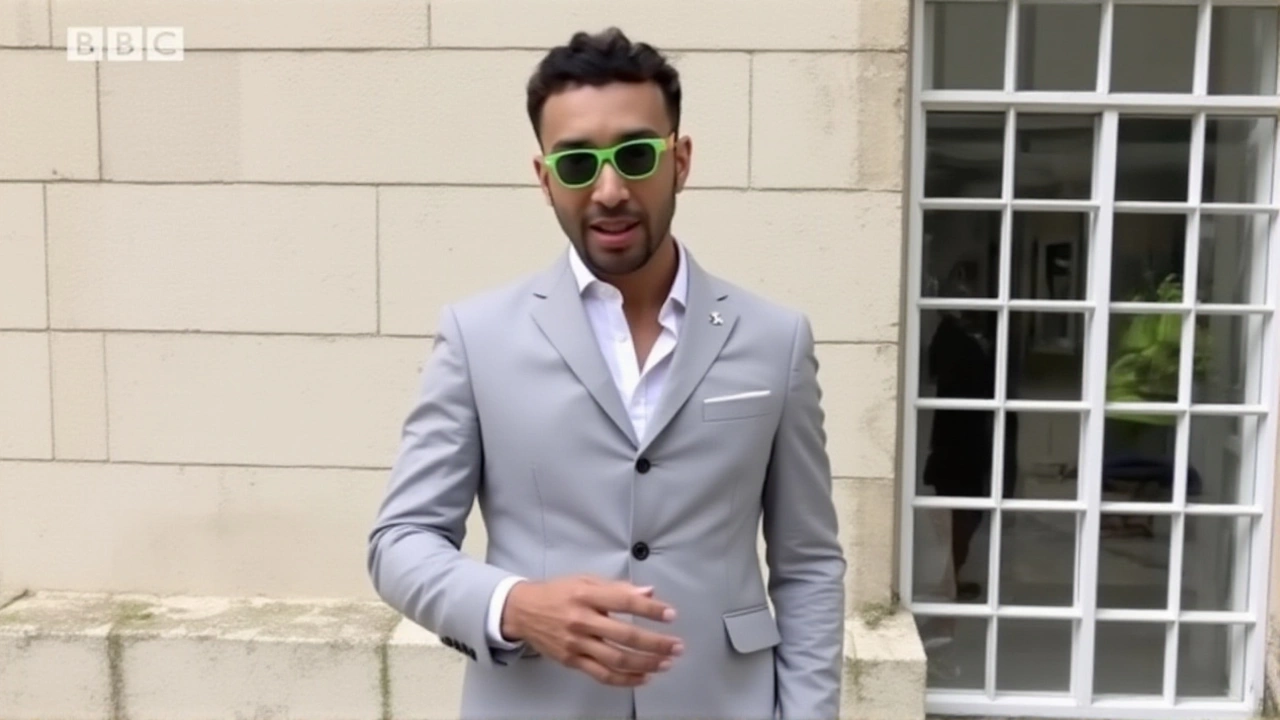YouTube Prank Videos: Trends, Tips, and Impact
When talking about YouTube prank, a short, staged clip designed to surprise or amuse viewers, usually uploaded to the YouTube platform. Also known as prank clip, it often relies on quick timing and a clear punchline. Another key idea here is prank video, which refers to the broader format that can appear on any video‑sharing site. The people who make them are content creators, individuals or teams that plan, shoot, and edit the footage. Finally, the social media platform provides the algorithmic push that can turn a single joke into a worldwide trend.
Core Elements That Make a YouTube prank Work
A successful prank video typically contains three core elements: surprise, relatability, and shareability. Surprise comes from an unexpected reaction—think of a hidden camera catching a genuine gasp. Relatability means the scenario feels like something the average viewer could picture in their own life, so the humor lands easily. Shareability is driven by the platform’s recommendation engine, which favors short, high‑engagement clips. These three attributes form a semantic chain: a YouTube prank relies on surprise, surprise fuels relatability, and relatability boosts shareability. Creators who master this chain see their videos climb the “Trending” tab faster.
Beyond the on‑screen moment, the technical side matters. High‑definition cameras, wide‑angle lenses, and good lighting ensure viewers see every facial twitch. Editing software like Adobe Premiere or free options such as DaVinci Resolve let creators tighten timing, add reaction music, and insert captions that enhance comedic timing. The choice of equipment and software is an attribute of the content creator, and the value shows up in smoother cuts and clearer audio, which directly influences viewer retention.
Ethics play a hidden but vital role. Permissions from unsuspecting participants, clear disclosures when minors are involved, and respecting privacy laws keep a prank from turning into a legal nightmare. When creators follow these guidelines, the platform’s community standards reward them with less risk of removal, and audiences respond positively to honest humor. This relationship creates a semantic triple: ethical practices reduce legal risk, reduced risk improves platform standing, better standing increases organic reach.
The platform’s algorithm adds another layer. YouTube rewards watch time, click‑through rates, and comments. A well‑crafted thumbnail and a provocative title—without clickbait—invite clicks, while a strong hook in the first five seconds keeps viewers watching. Engagement metrics like likes, shares, and comments become a feedback loop: higher engagement signals the algorithm to push the video to more users, which then boosts the creator’s subscriber count. Here, the social media platform directly influences the success of a prank video.
Audience reaction is the final metric creators track. Comments reveal which parts sparked the biggest laughs, while audience retention graphs show where viewers dropped off. By analyzing these data points, creators can refine future pranks—maybe lengthen the build‑up or cut down on repetitive jokes. This data‑driven approach turns each prank into a learning cycle, linking audience reaction, content creator decisions, and platform performance.
Below you’ll find a curated mix of articles that dive deeper into each of these aspects—how to plan a prank, gear recommendations, legal basics, and tricks to beat the algorithm. Whether you’re a seasoned prankster or just curious about the phenomenon, the collection offers practical takeaways you can apply right away.
- By Colton Westwood
- /
- 9 Oct 2025
Niko Omilana: YouTube Prankster Turns Political Challenger in London
YouTuber Niko Omilana, known for daring pranks, ran in the 2021 London mayoral race and the 2024 UK general election, spotlighting influencer politics.

